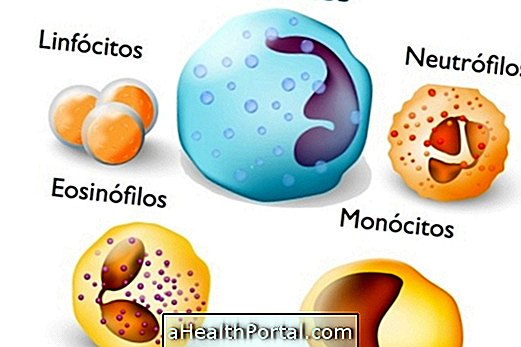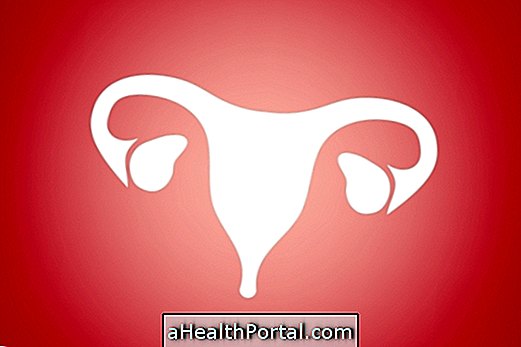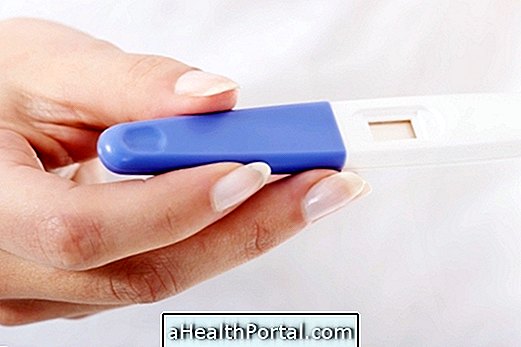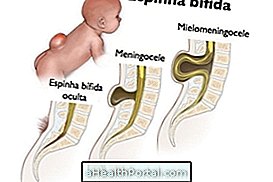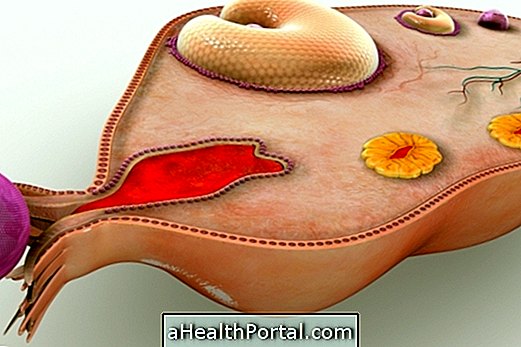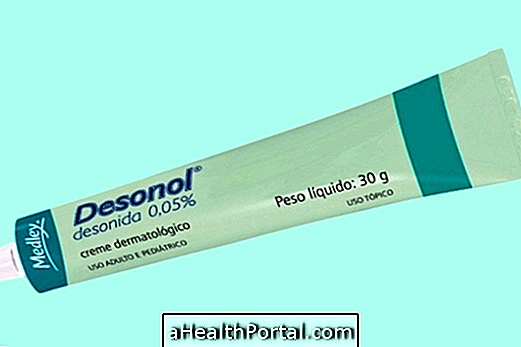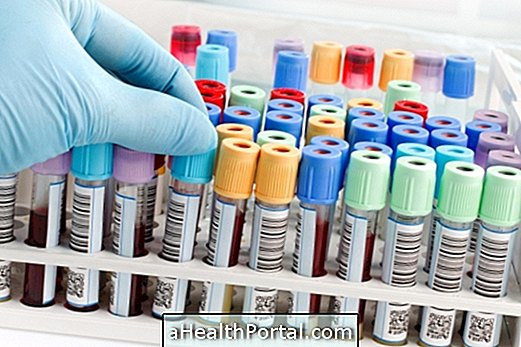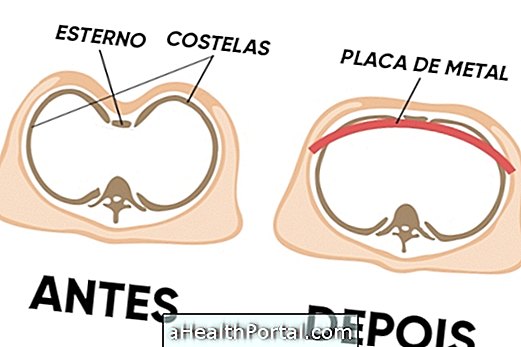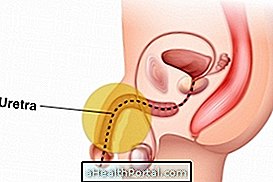Eosinophils are a type of blood cell that originates from the differentiation of a cell produced in the bone marrow, the myeloblasto, and aims to defend the organism against the invasion of foreign microorganisms, being very important for the action of the immune system.
These defense cells are present in the blood at high concentrations mainly during allergic reactions or in case of parasitic, bacterial and fungal infections. Eosinophils are usually in lower blood concentrations than other body defense cells, such as lymphocytes, monocytes or neutrophils, which also work in the immune system.
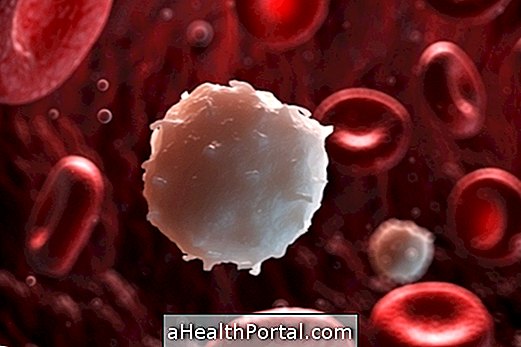
Reference values
The amount of eosinophils in the blood is evaluated in the leukogram, which is a part of the hemogram in which the white cells of the organism are evaluated. Normal values of eosinophil in the blood are:
- Absolute value: 40 to 500 cells / μL of blood - is the total eosinophil count in the blood;
- Relative value: 1 to 5% - is the percentage of eosinophils compared to other leukogram cells.
The values may change slightly according to the laboratory in which the test was performed and therefore the reference value should also be checked in the examination itself.
What may be altered Eosinophils
When the value of the test is outside the range of normal values, it is considered that the person may have increased or decreased eosinophils, with each alteration having different causes.
1. High Eosinophils
When the blood eosinophil count is greater than the reference normal value, eosinophilia is characterized. The main causes of eosinophilia are:
- Allergy, such as asthma, urticaria, allergic rhinitis, dermatitis, eczema;
- Parasitoses by worms, such as ascaridiasis, toxocariasis, ancylostomiasis, oxyuriasis, schistosomiasis, among others;
- Infections, such as typhoid fever, tuberculosis, aspergillosis, coccidioidomycosis, some viruses;
- The use of medicines, such as ASA, antibiotics, antihypertensives or tryptophan, for example;
- Inflammatory skin diseases such as bullous pemphigus, dermatitis;
- Other inflammatory diseases such as inflammatory bowel disease, hematological diseases, cancer or genetic diseases that cause hereditary eosinophilia, for example.
In some rare cases, it is still possible to discover the cause of the increase of eosinophils, a situation called idiopathic eosinophilia. There is also a situation called hypereosinophilia, which is when the eosinophil count is very high and exceeds 10, 000 cells / μL, being more common in autoimmune and genetic diseases, such as hypereosinophilic syndrome.
How to tell if I have eosinophils above normal
A person who has high eosinophils does not always have symptoms, but they can arise from the very disease that caused eosinophilia, such as shortness of breath in cases of asthma, sneezing and nose congestion in case of allergic rhinitis or abdominal pain in cases of infections parasitic diseases, for example.
For people with hereditary hypereosinophilia, it is possible that excess eosinophils cause symptoms such as pain in the belly, itchy skin, fever, body aches, abdominal cramps, diarrhea and nausea.


2. Low Eosinophils
Low eosinophil counts, called eosinopenia, occur when eosinophils are below 40 cells / μL and can reach 0 cells / μL.
Eosinopenia can occur in the case of acute bacterial infections, such as pneumonia or meningitis, for example, since they are serious bacterial infections that usually increase other types of defense cells, such as neutrophils, which can decrease the absolute or relative count of eosinophils . The reduction of eosinophils may also be a result of decreased immunity due to illness or use of drugs that alter the function of the immune system, such as corticosteroids.
In addition, it is possible to have low eosinophils without any changes. This situation may also arise during pregnancy, when a physiological reduction in eosinophil counts occurs.
Other rare causes of eosinopenia include autoimmune diseases, bone marrow diseases, cancer or HTLV, for example.
How to know if I have eosinophils below normal
Low eosinophil count usually does not cause symptoms, unless it is associated with some disease that may present some type of clinical manifestation.
